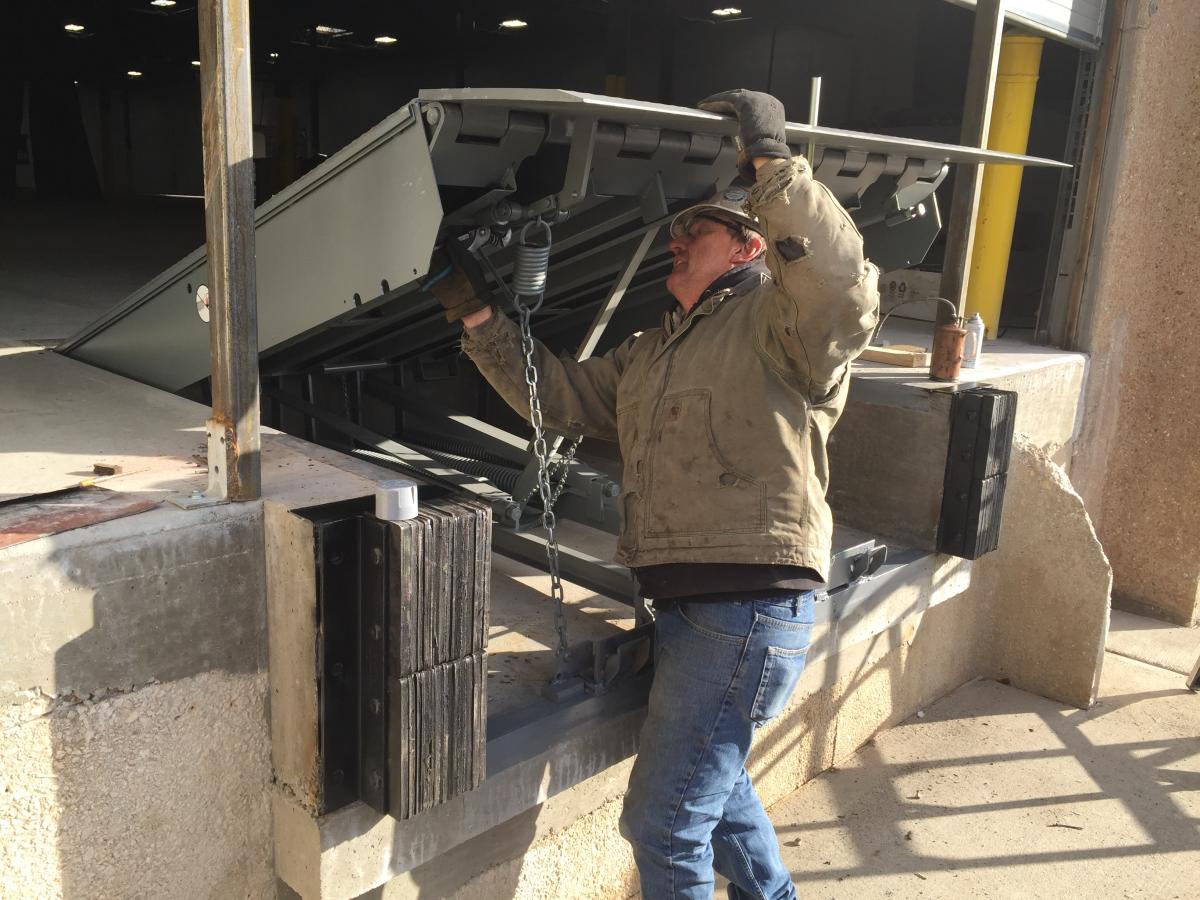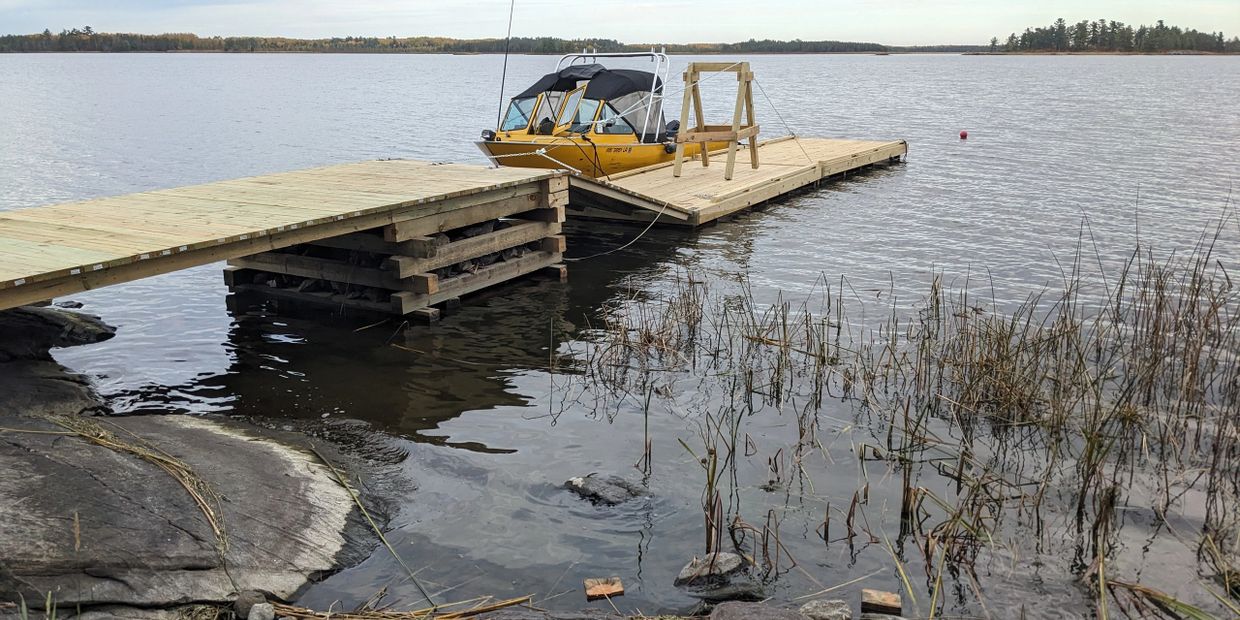Typical Issues That Cause Costly Dock Repairs
Typical Issues That Cause Costly Dock Repairs
Blog Article
Just How to Address Common Dock Fixing Issues for Safe Water Activities

Identifying Common Dock Issues
Recognizing common dock problems is important for keeping the capability and safety and security of your waterside property. Routine evaluations can aid discover issues before they become severe, guaranteeing both the longevity of the dock and the safety and security of those who utilize it. One common problem is rusty or loose fasteners. With time, screws, screws, and various other bolts can end up being loosened because of consistent exposure to water and weather elements, leading to architectural instability.
One more common issue is the degradation of flotation tools. These tools are essential for keeping the dock buoyant, and any kind of damages or slits can cause the dock to list or sink. On a regular basis looking for leakages or water logged drifts can preempt more significant problems.
Furthermore, algae and barnacle build-up on the dock's surface can create unsafe and unsafe problems. This biofouling not only positions a risk to users yet can additionally speed up the damage of the dock materials.
Lastly, checking for indicators of corrosion on steel elements is crucial. Rust can jeopardize the integrity of the dock's structure, making it risky. By routinely identifying these typical dock issues, you can make certain that your dock remains protected and practical for years to come.
Repairing Rotting Timber
When attending to the issue of decomposing timber on your dock, it is important to act quickly to avoid more deterioration. Begin by thoroughly examining the entire structure to recognize all impacted locations. Make use of a screwdriver to probe the wood; if it sinks in conveniently, the timber is likely decomposed and requires immediate attention.
When identified, remove the rotted areas using a saw or carve. Be certain to reduce to healthy and balanced, solid timber, guaranteeing you eliminate all jeopardized product. After removal, deal with the continuing to be wood with a wood chemical to stop future rot. This therapy will help safeguard against wetness, which is the primary root cause of wood degeneration.
Following, change the gotten rid of sections with marine-grade lumber or pressure-treated wood, which are more immune to water damage. Protect the new items with stainless-steel or galvanized fasteners to avoid deterioration. In addition, applying a waterproof sealer to the new wood can give an added layer of security.
Protecting Loose Boards
How do you ensure your dock continues to be risk-free and practical for all its users? One critical facet is protecting loose boards, which can or else pose substantial risks. Loose boards not only increase the danger of tripping yet can also jeopardize the architectural honesty of the whole dock.

For reinstallation, utilize galvanized or stainless steel screws, as these materials use remarkable resistance to corrosion in marine environments. Guarantee the screws are long enough to penetrate deep right into the underlying assistance framework, however not as long that they extend through the dock's surface. Pre-drilling pilot openings can aid protect against the timber from splitting.
Lastly, maintain a routine assessment routine to identify and deal with any kind of new problems without delay. By protecting loosened boards successfully, you add to the general safety and security and durability of your dock, making it a dependable platform for water activities.
Maintaining Unsteady Pilings
Ensuring the security of unstable pilings is extremely important to maintaining a risk-free and functional dock. Unstable pilings can compromise the entire framework, presenting significant risks to users and potentially resulting in expensive repair work. The initial step in maintaining these vital elements is a detailed evaluation. Examine the pilings for signs of additional hints rot, damages, or changing. Make use of a level to examine for vertical placement and guarantee they are driven deep enough right into the substrate to offer adequate support.
If the pilings are located to be unstable, one efficient approach for support is making use of added supporting. Cross-bracing with treated lumber or galvanized metal can considerably boost stability. Support the braces securely to both the pilings and the dock frame to disperse tons evenly.

Normal upkeep and periodic reassessment of the pilings' stability are essential to making sure long-term dock security and functionality.
Replacing Rusty Hardware
Dealing with unsteady pilings is just one element of keeping a dock's stability; an additional vital issue is replacing rusty equipment. Gradually, direct exposure to wetness and salt can cause the oxidation and deterioration of bolts, brackets, and screws, endangering the whole framework's safety. Regular assessment for corrosion is vital, especially after extreme climate or seasonal changes.
When rustic equipment is determined, prompt activity is called for. Begin by choosing marine-grade stainless steel important link or galvanized hardware, both developed to withstand the extreme marine setting. Ensure that you have the proper tools, such as wrenches and screwdrivers, to safely remove the old, rusty items without triggering more damages to the dock.
After eliminating the rusty equipment, thoroughly tidy the influenced locations to remove any type of recurring rust or particles. Apply a rust-inhibiting primer to subjected metal surfaces before setting up the new equipment. Tighten up all fixtures safely to avoid future helping to loosen, and regularly inspect the fittings to make certain recurring security.
Changing rusty hardware not only prolongs the dock's life expectancy yet also dramatically improves the security of water tasks. By proactively handling deterioration, you secure both the framework and its customers, guaranteeing a satisfying and secure waterside experience.
Verdict
Regular examinations and maintenance are essential to deal with common dock repair work concerns and make certain secure water tasks. Such positive measures contribute to the total safety and performance of dock frameworks, promoting a secure atmosphere for water-based tasks.
Guaranteeing the safety of water activities hinges dramatically on the correct maintenance and fixing of docks (Dock Repairs). These tools are vital for maintaining the dock resilient, and any damage or punctures can trigger the dock to listing or sink. By routinely recognizing these typical dock issues, you can make certain that your dock continues to be functional and protected for years to come
Making certain the stability of unsteady pilings is paramount to preserving a secure and functional dock.Routine inspections and maintenance are necessary to attend to usual site web dock repair work problems and make sure risk-free water tasks.
Report this page